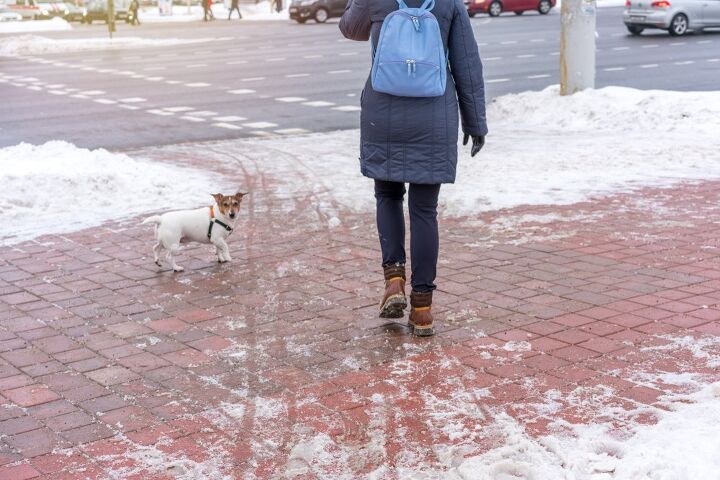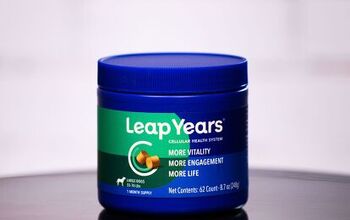Is Rock Salt Toxic to Dogs?

As winter comes, the roads become icy and treacherous and rock salt is used to make them less slippery. While roads covered with rock salt are common in the chillier months of the year, dog owners are wondering if it is safe for their pets to walk on rock salt or accidentally ingest it. After all, dogs are known to be inquisitive and eager to lick or nibble on anything and everything so the idea is not as far-fetched as some might think at first. So, without further ado, let’s find out if rock salt is toxic to dogs and how you can best protect your pet in the winter months.
Is Rock Salt Toxic to Dogs?
Sadly, the answer is yes – rock salt, commonly used for de-icing roads and sidewalks in winter, can be toxic to dogs if ingested in large quantities. Rock salt, or sodium chloride, can cause salt poisoning or hypernatremia in dogs. Ingesting excessive amounts of salt can lead to symptoms such as vomiting, diarrhea, lethargy, excessive thirst, increased urination, and in severe cases, it can even result in tremors, seizures, or death.
And that is not all. In addition to the risk of ingestion, rock salt can also cause irritation to a dog's paws if they walk on treated surfaces. The salt can cause dryness, cracking, and discomfort, and dogs may try to lick their paws to alleviate the irritation, leading to ingestion of the salt. After all, the roads are meant for cars and tires, so it was sadly never taken into account that pets would walk on them as well.
Still, as a caring owner, there are a number of precautions that you can take in order to ensure that your dog doesn’t ingest rock salt – here are some of the most popular ways.
- Clean their paws after walks:
Wipe your dog's paws with a damp cloth after walks to remove any salt or de-icing chemicals. Do this after every walk and as soon as you get home. Remember to take care of your pet’s paws and paw pads. When injured or unkempt, they can cause great discomfort. Furthermore, you can consider using dog boots if your pet doesn’t mind it – they’ll keep their paws safe and warm.
- Limit exposure:
It goes without saying that you should limit your pet’s exposure to areas where there is rock salt. Avoid areas where rock salt for deicing agents has been heavily applied. If you have to use them, then make sure you are quick.
- Monitor your dog:
Most importantly, you should always keep an eye on your dog during walks. Keep them on a leash, monitor their activity, and prevent them from snooping about. Be persistent in not allowing them to ingest or lick any rock salt. Even small amounts can have a negative effect. And, if you suspect they've ingested rock salt or are showing signs of salt poisoning, contact your veterinarian immediately.
- Use pet-friendly de-icers
If you wish to keep your driveway and sidewalk free of ice, don’t opt for rock salt – now that you know it is toxic to dogs. Instead, choose pet-safe de-icing products, which are formulated to be less harmful to animals. The difference can be immense.
Sadly, in today’s day and age, it is not so easy to avoid rock salt altogether. Unless you live in the countryside or an area with plenty of nature, it is most likely that you and your pet will have to use rock salt-covered roads in winter. Still, that does not mean that you cannot exercise caution and make sure that your pet remains healthy and safe. But even so, make sure to always consult with your veterinarian if you have concerns about your dog's health or if you suspect they have ingested a potentially toxic substance.

A proud mama to seven dogs and ten cats, Angela spends her days writing for her fellow pet parents and pampering her furballs, all of whom are rescues. When she's not gushing over her adorable cats or playing with her dogs, she can be found curled up with a good fantasy book.
More by Angela Vuckovic

























